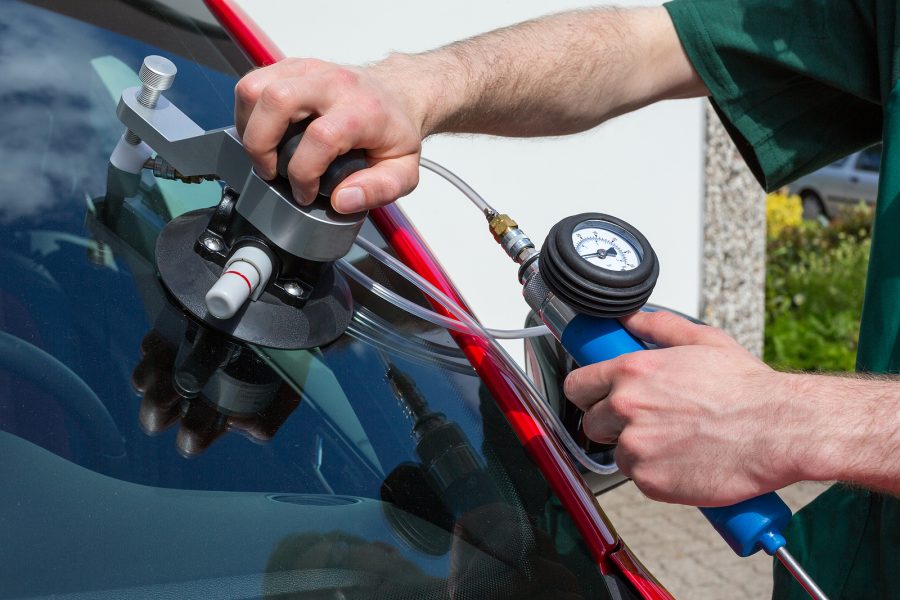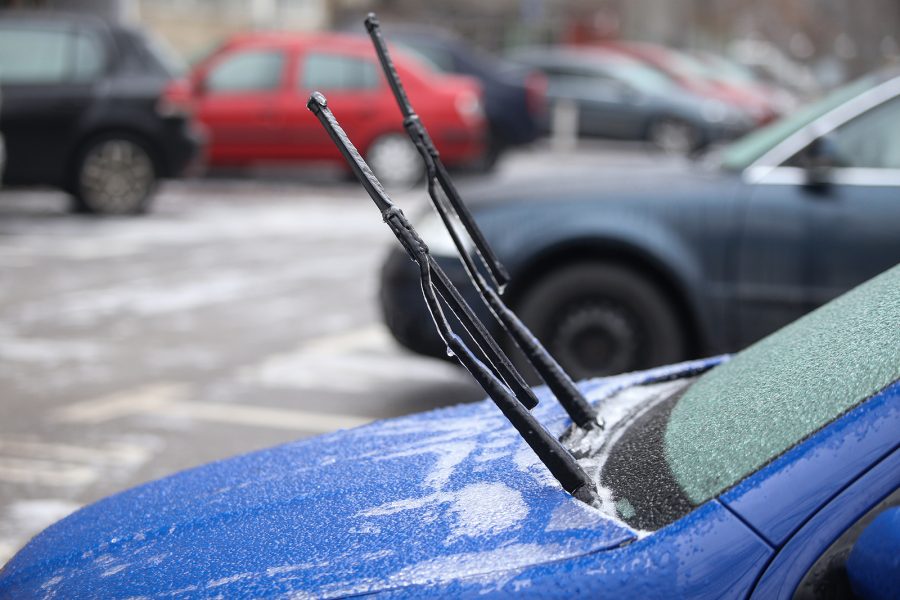A winter when consumers have been worried about high energy prices has been mercifully mild. There have been a couple of very cold snaps with a lot of snow in December and January respectively, but otherwise it has not been too bad.
In particular, there has been an unusual lack of major named storms, the kind that can pull down power lines and see car window repair specialists called out to fix or replace windscreens damaged by falling branches or flying debris. To encounter really severe weather, one might have had to cross to the other side of the planet to watch the cricket in New Zealand.
So far in 2022-23 the UK’s list of named storms has been completely blank, but just as the end of winter is almost upon us, Storm Otto – not on the Met Office list because the Danes named it first – is coming our way. The north east of England will be hit hardest as it sweeps in over the North Sea, with winds of up to 75 mph.
Met Office Chief Meteorologist Andy Page warned that high-sided vehicles would be at greatest risk, as would anyone and anything next to the coast as large waves come crashing in from the sea.
While motorists in affected areas may be wise to avoid travelling in the worst of the weather and keep their cars safely under cover where possible, sometimes exposure will be unavoidable and the risk of damage from debris will arise.
Overall, people can count their blessings this winter when it comes to severe weather, for many years see a very different situation. For instance, the Met Office Storm Centre noted that between mid-December 2013 and mid-February 2014 there were 12 major storms.
That may also act as a reminder that while this winter has been a mild one, we may not be so lucky next time.









